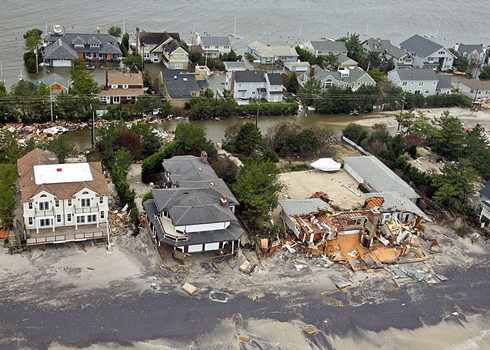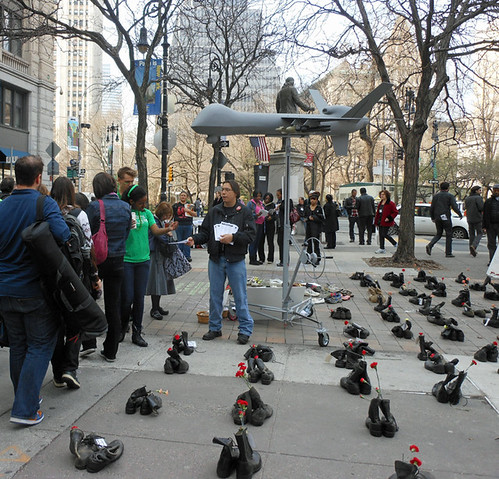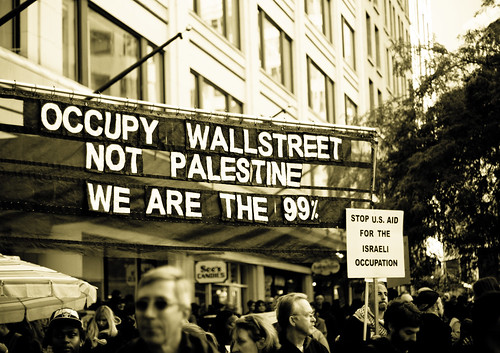
“Thank God for Sandy!” said Leviticus Sumpter, a supervisor of a mold clean-up team in New York City, to The Brooklyn Bureau.
“I’m not going to say that,” said Albert Gibbs, Sumpter’s nephew and also part of the crew. “I’m going to say, ‘Thank God for employment.’ […] One person’s mishap is another person’s blessing.”
The tragedy of thousands of lives overturned in the wake of Hurricane—later superstorm—Sandy has become a success story for the Occupy movement, bringing the group national recognition for its efforts to help their fellow man recover from a disaster with a far-reaching level of destruction (somewhat less than the infamous Hurricane Katrina).




